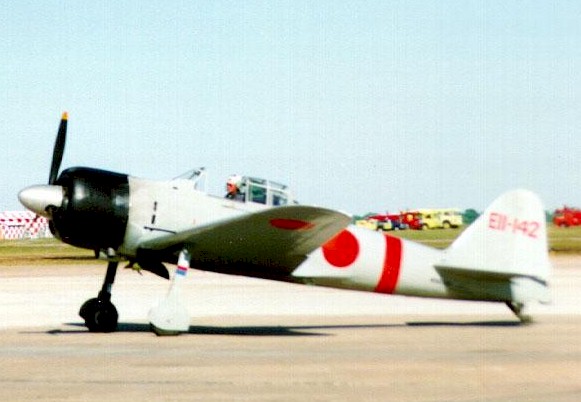Originally posted by Serb
I’m so scared.
I’m so scared.
Just tell me. When I call you a liar? I’ve never done so. I’ve just wanted to figure out something about people whom you interviewed. And you, btw, still don’t answer me in which circumstances you interviewed them. I was wonder, because in 1991 SU still existed and by laws it was restricted for Soviet pilots to gave interviews for American reporters, it counts as betrayal. I wonder if by modern laws in our military it is allowed for fighter’s pilots to give interview about Russian planes to foreign reporters. I’m sure that such things restricted in many modern armies. It calls security measures. That’s what I’ve talked about. So, if you want to convince me in something you should tell HOW you gain those interviews.
The Soviets fell in 89 sunshine.
It seems there is a great deal you don't know about, in a great many subjects, if this is any indication.
Of course, this is correct but this is may be applied to you as well.
The same I can do also. It is impossible to know everything.
Let’s see, you’ve started it with words- Serb, stop being an Ass. Again, I didn’t insult you, I’ve just wanted to find out more about people you interviewed and I was chill during our debate. It is you who constantly insulted me with different rude words.
If you want to talk about these subjects, stop waving a Russian flag and except the inferior performance of Soviet designed and built equipment.
This does not deminish thier efforts, but your acting like a baby, "no, no, you are wrong, they are great, all things Russians are great!"
I laughed at this attitude when the Russian communists used to do it, which was quite often.
Well, if you are 40 year old, as I think, then yes you may call me a child I’m 15 years younger then you are. If you are 40 you have right for this if no, then how old are you then? Btw, I don’t really care how you treat me.
Sir, Yes, Sir!!!

Of course, only your sources are true, the others are lie.

You think that you acted like an adult? I’ve heard only personal insults from you and nothing more, you acting like child more than I.
Maybe you can tell us more about the great Soviet Strategic airforce of WWII, and how Serbian Migs cleared the skys!!!
Fairey stories are always funny.


 .
.





Comment